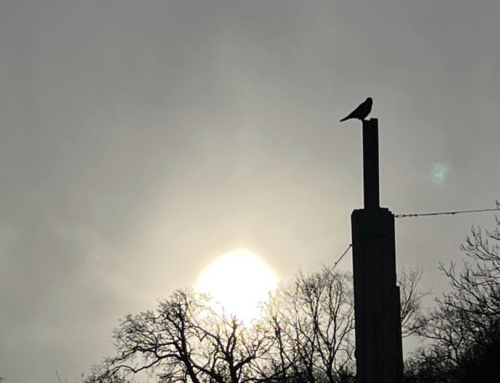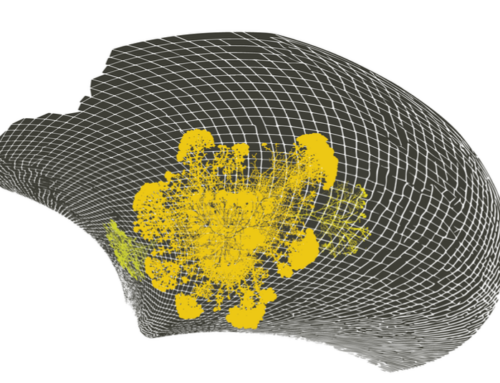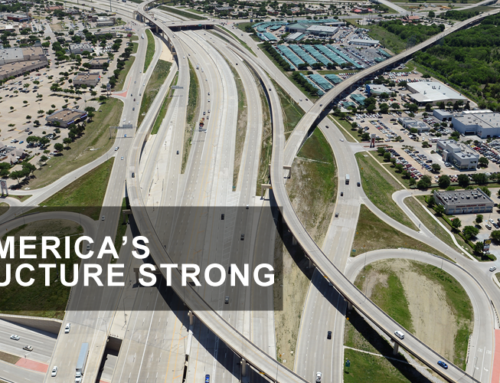Today, Plymouth University very generously awarded me an honorary doctorate. Here is my short statement to this year’s graduating class in Design, Architecture and Environment.
I nearly failed to get here yesterday, and I want to tell you why.
The road from my house to the city passes through a spectacular gorge. Several weeks ago, after some especially violent rainstorms, stones and debris started falling onto the road.
Soon, an impressive crew arrived to stabilise the rock face.
One team of engineers made holes in the rock face with a huge robotic drill. Four yards long, it was mounted on the arm of a digger. They put large pegs in the holes, and made them secure with exotic polymer composites.
Higher up the rock face was a team of climbing engineers. Clad in bright red rubber suits for protection, they draped ‘high-tensile slope stabilisation mesh rockfall protection’ across the cliff face. We’re talking ultra high-performance materials here.
Considering they’d been working away for months I was surprised, yesterday, to find a large boulder in the middle of the road. I’d guess it weighed 800 kilos, maybe more.
A bunch of guys in high-viz jackets were standing around the rock. Two were on their phones. One was fiddling with an iPad. And an older guy with a beard was staring at the rock. Thoughtfully.
Now when confronted by a big rock, it’s actually a good thing to contemplate it for a while – maybe a day or two – before trying to shift it. At least by hand. I learned that from a master craftsman who makes stone walls in the Cévennes, where I live.
But the mystery here was that the stone was under a stretch of cliff that had just been been stabilised by the highest-tech systems that man could muster.
Looking up at the cliff, I fancied I saw a mischievous smile on its craggy face.
“Bring on your high tech tools and gadgets” the face seemed to say. “Show me what you’ve got. What I’ve got is a trillion more tonnes where that stone came from – and all the time in the world”.
You’re probably thinking: A sentient cliff? What hippy nonsense.
But think of it this way.
Forty years ago – the blink of an eye in geological time – when I was sitting where you are today – the first paper on Gaia theory had yet to be published.
But then everything changed. Profoundly.
From then until now, studies from diverse disciplines have converged around a remarkable proposition: Living systems, and the non-living world, are intimately interconnected.
The more we learn from biology – about the mutuality that suffuses living systems; from geology – about the organic origins of rock formation; from botany, about the role of lichens and bacteria in weathering rocks; from physics – about energy flows; from mycology – about the exchange of information among plants; from chemistry – about interactions among chemical beings; and from marine scientists – about the importance of plankton to food systems.
Well, as all these findings accumulate, and converge, they reveal how intimately we, too, are enmeshed with the biosphere as a whole.
I do wish I’d known that when I was your age. I wasted a lot of time thinking the world could be shaped by force – using design and tech.
But what I didn’t know then, I do know now. And so do you.
In the living systems that surround us you, me – and that rock – are all connected.
Our old certainties are melting into air.
It’s a glorious time and place to be.





